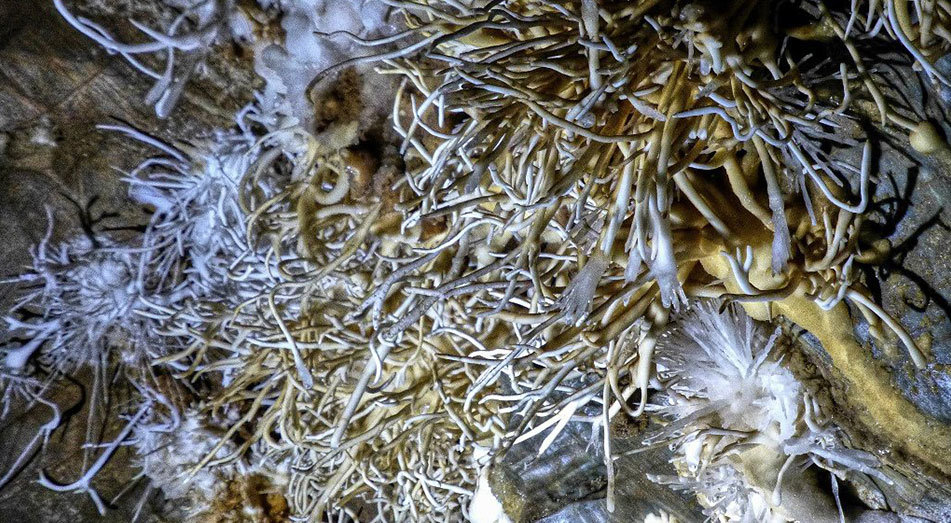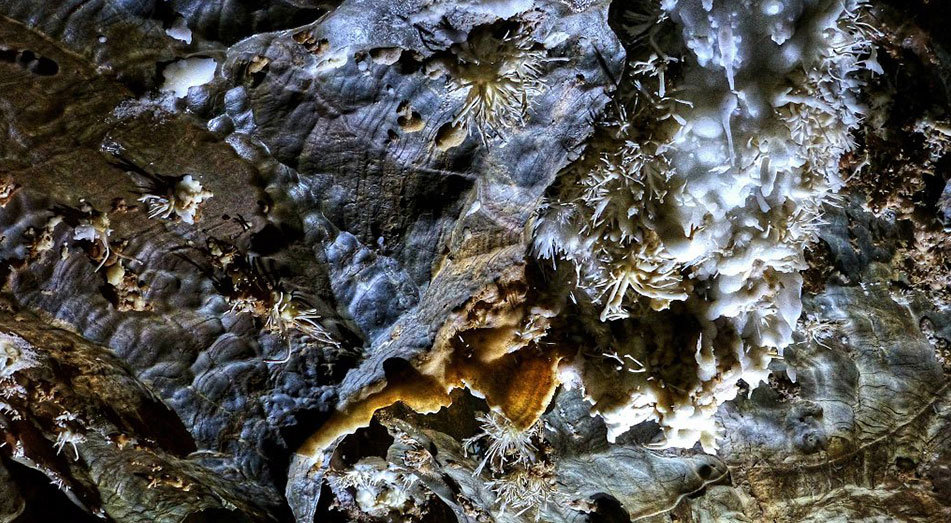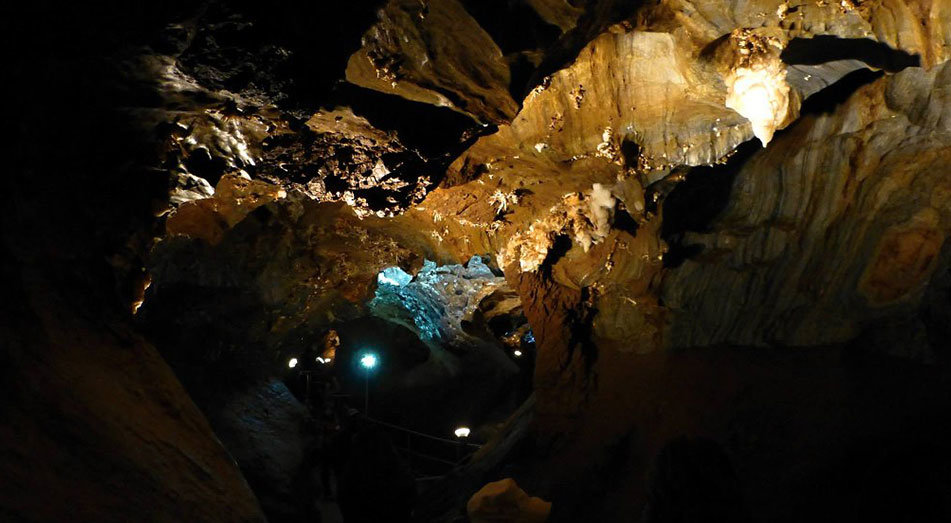Ochtinská aragonite cave
85
min
95
km from Košice
ATTENDED TIME
Month
Hour
August
Tuesday - Sunday from 9.00 to 16.00 every hour
September - October
Tuesday - Sunday 9.30, 11.00, 12.30, 14.00
ENTRANCE FEE
Type
Price
adults
10,00 €
children 6-15 years, disabled *1
5,00 €
students, seniors over 60 *2
9,00 €
photo - video without tripod *3
10,00 €
special entry *4
30,00 €
* 1 - Children from 6 to 15 years; Disabled people over 15 years of age with a valid card.
* 2 - Full-time students - in the case of universities, after proving a valid proof of study with an indication of the period of validity for the current year; Persons over 60 years.
* 3 - Photo - Video - photography and a short video recording without the use of a tripod can only take place during the tour of the cave, after paying the basic entrance fee and the set fee. This must not impair the fluidity and safety of the cave.
* 4 - Extra entry can be made at the request of visitors in agreement with the cave administrator, only between the hours of regular entry, after payment of the basic entrance fee and a set fee. This must not disrupt the operation of the cave.
Entry reservation is not performed. In case of regular attendance, the entrances are organized according to the times in the entrance order, in case of increased attendance, the entrances are organized continuously at intervals according to the nature and current possibility of the given operation of the cave, also in the time between regular entries in accordance with the valid entry rules.
Card payments are not possible.
* 2 - Full-time students - in the case of universities, after proving a valid proof of study with an indication of the period of validity for the current year; Persons over 60 years.
* 3 - Photo - Video - photography and a short video recording without the use of a tripod can only take place during the tour of the cave, after paying the basic entrance fee and the set fee. This must not impair the fluidity and safety of the cave.
* 4 - Extra entry can be made at the request of visitors in agreement with the cave administrator, only between the hours of regular entry, after payment of the basic entrance fee and a set fee. This must not disrupt the operation of the cave.
Entry reservation is not performed. In case of regular attendance, the entrances are organized according to the times in the entrance order, in case of increased attendance, the entrances are organized continuously at intervals according to the nature and current possibility of the given operation of the cave, also in the time between regular entries in accordance with the valid entry rules.
Card payments are not possible.
























